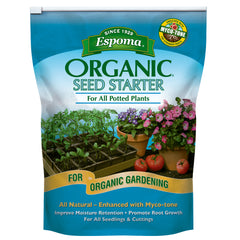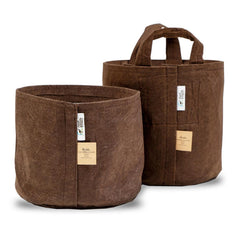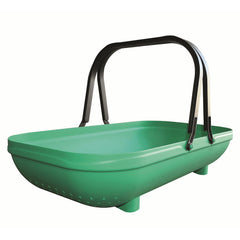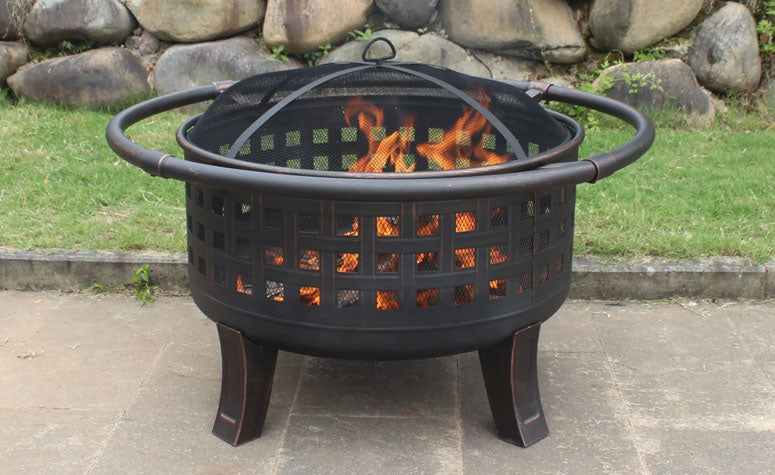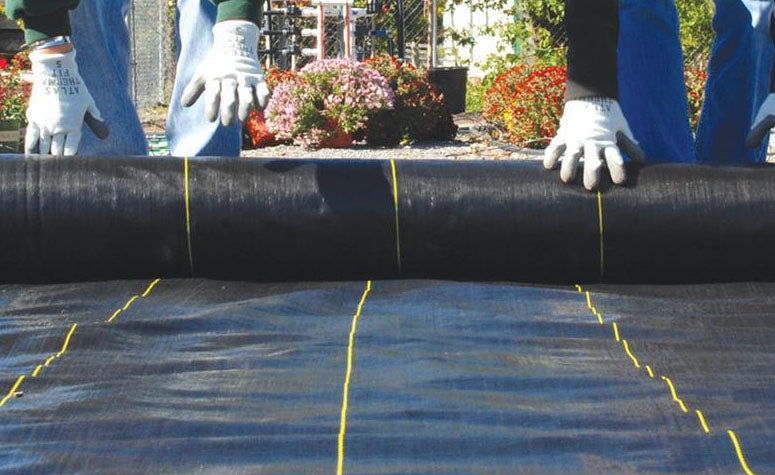Cucumbers don’t require a lot of care, but it must be consistent. They typically like temperatures between 75-85 degrees, 6-8 hours per day of full sun, well-draining soil and at least one inch of water per week (more in hotter climates). Water at the plant base to reduce the risk of fungal development — drip irrigation is excellent for this. Use straw mulch to assist with moisture retention and pest deterrence.
With vining varieties, adding a trellis or other support structure will encourage the plants to climb. This keeps the fruits off the ground, reducing pests and rot while using space more efficiently. Nevertheless, monitor carefully for signs of pests and diseases and apply the appropriate remedies. Common disruptors include cucumber beetles, squash bugs, aphids, powdery mildew, and cucumber mosaic virus.












